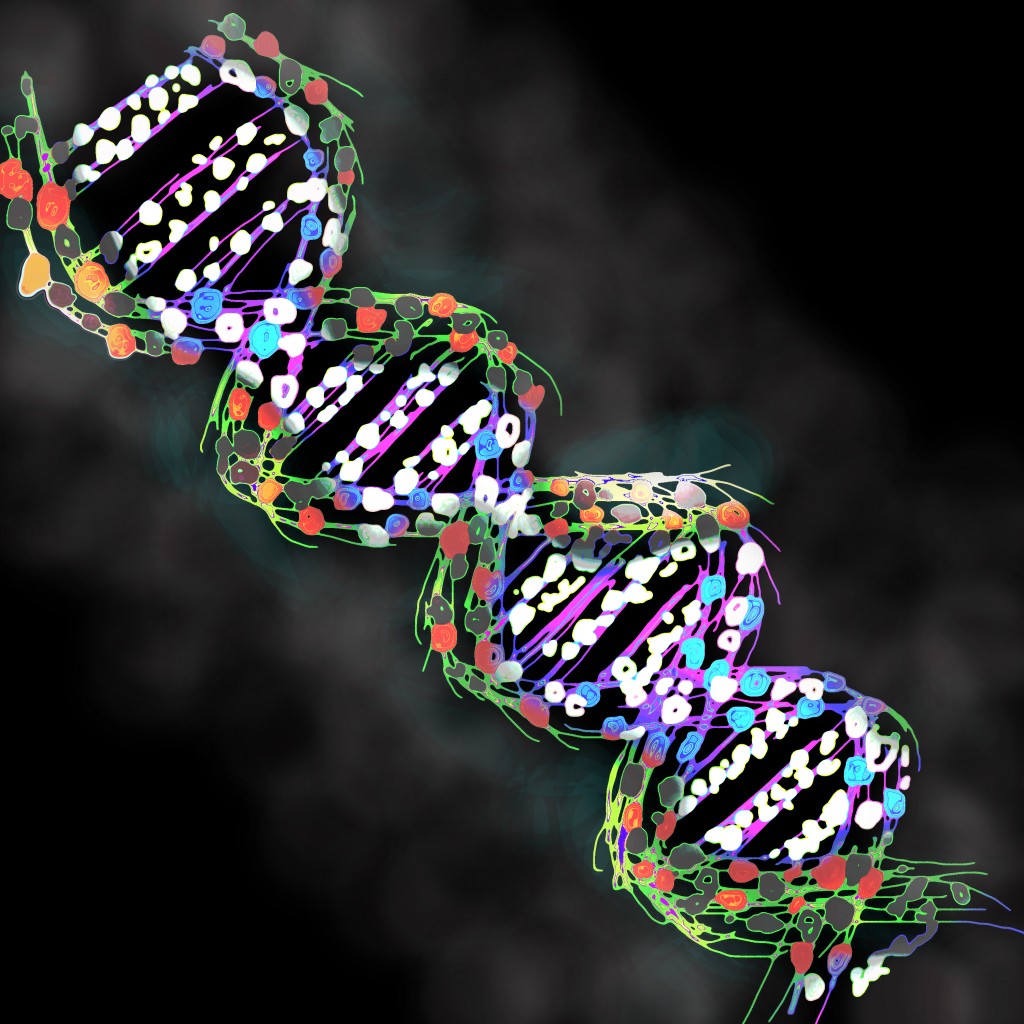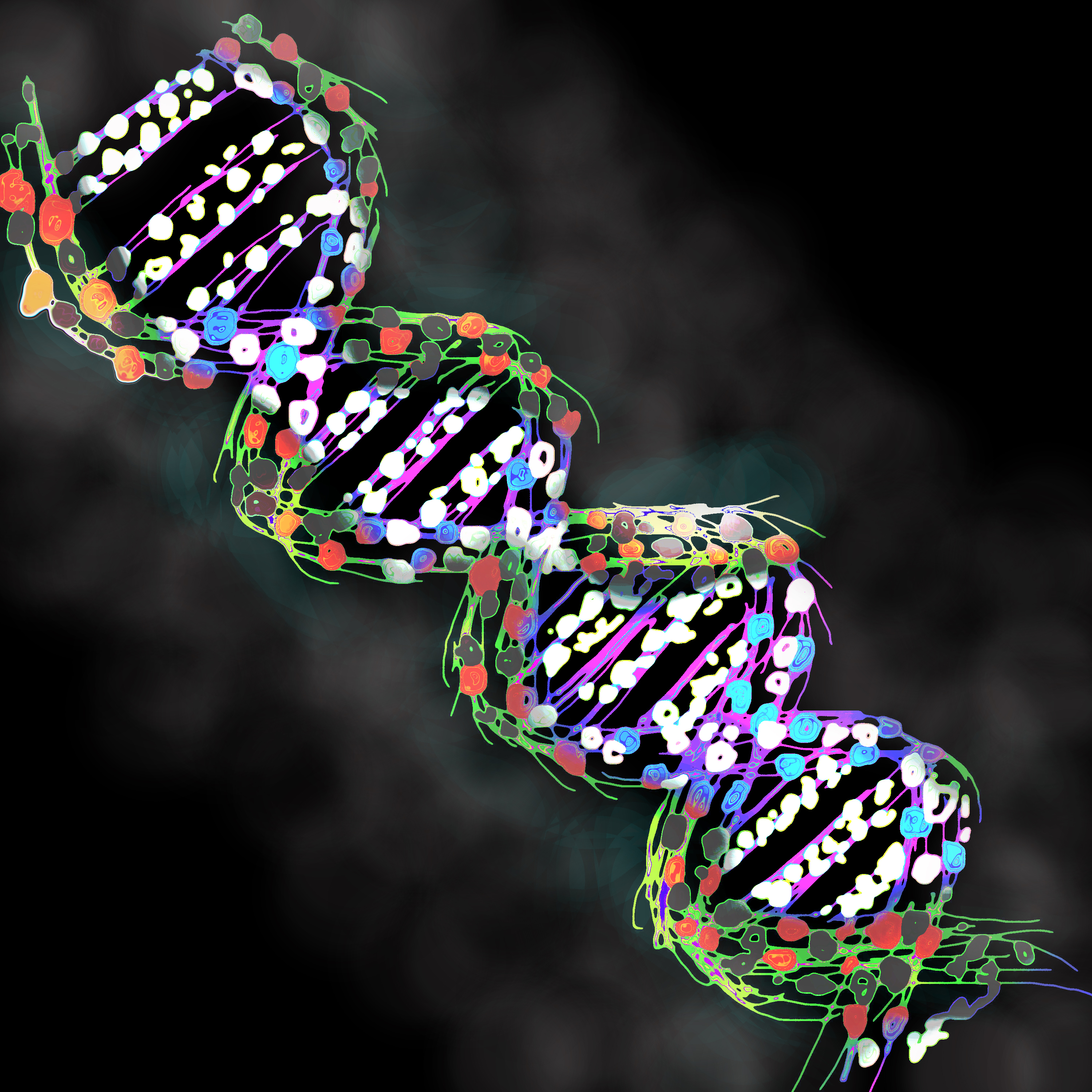
In 1985, Dr. Peter Gariaev, of the Institute of Physics/Techniques Problems Academy of Science of the USSR, was working with DNA and the correlation spectroscopy thereof.
What Gariaev observed was that light, when shone into a scattering chamber with DNA inside of it, follows a particular pattern, different than that followed when there was no DNA inside the chamber. The really surprising part, however, was that when the DNA was removed, the light continued to follow the pattern it had when the DNA was in the scattering chamber.
It would seem then, that DNA had left a spectre of its former self in the scattering chamber. This observation has led to all sorts of speculation, and has been embraced by conspiracy theorists and New Age theorists alike.
While this theory is exciting and surprising, its accuracy is suspect. While some claim that it is another victim of scientific suppression, others view it at best as incapable of being reproduced and at worst as pseudoscience.
Though the theory’s claims to scientific truth are scant, websites across the Internet claim it to be fact. One website even went so far as to email Dr. Gariaev, who mysteriously answered entirely in the third person.
The main argument against these types of theorists, as Andrew Lugg, emeritus professor in the department of philosophy at the University of Ottawa, brought up, is that they “base their conclusions on suspect evidence, immunize their theories against refutation, palm off unspectacular coincidences as spectacular ones, employ methods that are bound to yield confirmations, rely on the supposedly special ‘insight of the initiate’ and resort to ‘built-in’ fall-back explanations.”
The question of why these theories are so popular becomes an important one. It is a question that Professors Dick Houtman and Peter Mascini of the Erasmus University Rotterdam are interested in. In their paper published by the Journal for the Scientific Study of Religion they ask why traditional churches remain empty while New Age belief structures grow.
Houtman and Mascini conclude that the move away from organized religion and the rise of New Age phenomena can both be explained by the rise of individualization. The New Age appeals to more morally individualistic people, those who are more concerned with personal fulfillment than collective needs.
Despite this, people who are likely to follow post-traditional religions are no more likely to be rational in their belief than people who follow traditional religions (Christianity or Islam, for example). It is therefore clear that rationalism is not the reason people are moving from traditional to post-traditional belief structures.
People carry a whole host of beliefs that even they consider crazy. Some believe in Santa, others firmly hold that the dryer is stealing their socks, while others still believe in magazine astrology.
Aimee Wright, for example, a student in her fourth year at Brock University, finds the idea of an omnipotent God, who has nothing better to do than watch us, odd.
“While I believe it,” she says, “it still seems crazy.”
When pressed as to how she could hold on to something she thinks is “crazy,” Wright said that it has largely to do with a lifetime of being told to believe it, and that “the thought of something being there is far more comforting than thinking we’re all alone and this is all there is.”
While some find these contradictions frustrating, the impulse to argue against these ideas often leads to closed minded arguments that lack the rationality that is demanded of the theories.
The website www.thescienceforum.com, for example, when confronted with the DNA Phantom Effect, was the site of considerable scorn and sarcasm. One user wrote: “It seems that DNA in the context of the above item actually stands for: Did Not Appen. If it was true, surely somebody at some disco would have noticed it…”
Tellingly, however, those people brave enough to argue for the DNA Phantom Effect refused or were unable to answer the question posed by poster John Galt: “Have they published anything on this phenomena in a peer reviewed journal? What other work have they published? What are their credentials?”
All arguments of suppression and government control collapse under the weight of this question. The simple fact is that phenomena, which cannot be replicated, cannot be proven.
Theories like the DNA Phantom Effect in vitro are exciting and show the promise of a whole new world untapped by the efforts of humanity so far, but fail to meet even the most basic requirements of the scientific method. These conspiracy theories are not reality; they are, as the Conspiracy Show with Richard Syrett says it, reality redefined.




